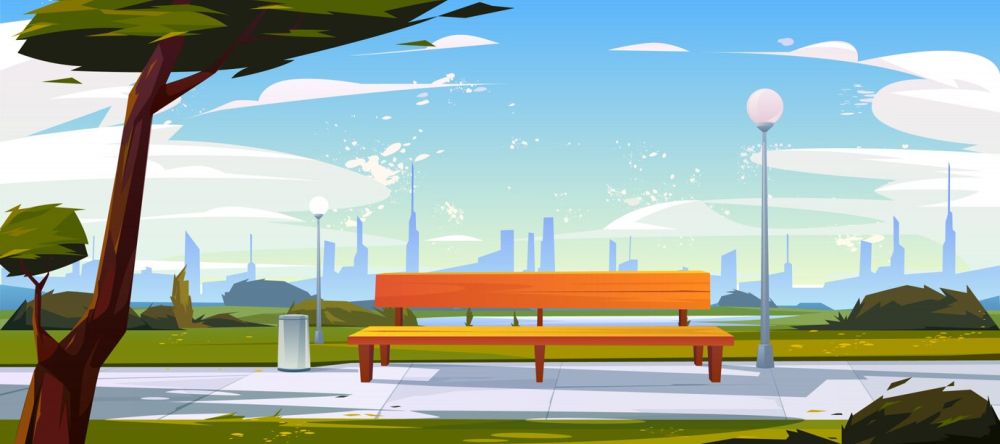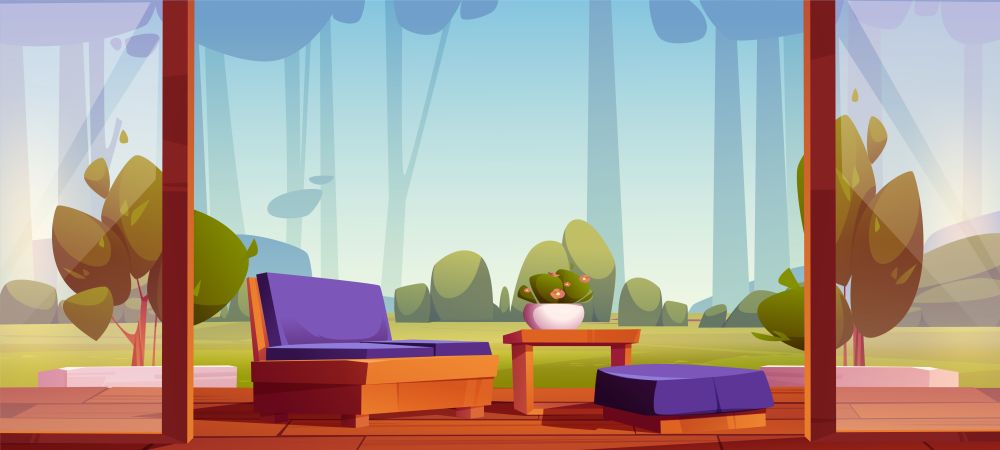You sip your morning coffee while scrolling through Instagram photos of misty mountaintops and sun-dappled forests. Your screen time tracker flashes a judgmental “6 hours daily”, while your last walk in the park feels like a distant memory. City life offers convenience, culture, and connectivity—but at a cost.
Studies show urban dwellers have a 20% higher risk of anxiety disorders and 40% greater likelihood of mood disorders compared to rural populations (National Institute of Mental Health, 2022). Yet here’s the twist: you don’t need to quit your job, move to a cabin, or even drive to a national park to reap nature’s healing benefits.
Welcome to Backyard Wilderness Therapy—a radical approach to weaving micro-doses of nature into urban life. This isn’t about perfect Zen gardens or Instagrammable #cottagecore moments. It’s about reclaiming your primal connection to the natural world, one sidewalk crack, pigeon feather, or potted plant at a time.
What Is Backyard Wilderness Therapy?
Coined by urban ecologists, Backyard Wilderness Therapy (BWT) is the practice of using small, accessible interactions with nature to counterbalance the sensory overload of city living. Unlike traditional “nature therapy” requiring vast landscapes, BWT works with what you’ve got:
- A fire escape dotted with rain puddles
- A single sunbeam filtering through your apartment window
- The determined dandelion growing through a sidewalk
Research in Environmental Health Perspectives (2021) found that just 20 minutes of daily “micro-nature” exposure lowered cortisol levels by 15% in urban participants. The key? Intentional engagement, not acreage.
Micro-Nature Defined: Small Doses, Big Impact
Micro-nature is the practice of seeking small, intentional interactions with the natural world in everyday urban spaces. Think of it as “nature vitamins” for the soul—brief, accessible moments that reconnect you to the rhythms of the living world, even amid skyscrapers and traffic.
Unlike grand gestures like weekend hikes or tropical vacations, micro-nature:
- Fits into stolen moments (e.g., noticing bees on a lunch break, tracing moss on a wall during your commute)
- Requires no gear, money, or expertise
- Celebrates “ordinary” nature (weeds, insects, weather patterns) often dismissed as “not real wilderness”
- Works with your environment (apartment, office park, bus stop) instead of demanding ideal conditions
A 2023 study in Urban Forestry & Urban Greening found that micro-nature interactions are 3x more sustainable for city dwellers than traditional nature escapes because they’re frictionless and repeatable. It’s not about replacing forests or oceans—it’s about waking up to the wildness already humming beneath the city’s surface.
The Science of Tiny Nature Wins
Why does a pocket-sized dose of greenery matter so much? Blame it on evolution.
1. Biophilia Hypothesis: We’re Hardwired to Need Nature
Biologist E.O. Wilson’s famous theory argues humans have an innate biological need to connect with living systems. When deprived of nature (a state dubbed “plant blindness”), we experience subtle but cumulative stress—like a phone perpetually on 1% battery.
2. The 5-3-2 Sensory Reset Rule
Urban neuroscientists recommend balancing artificial stimuli with natural sensory input daily:
- 5 minutes of tactile interaction (e.g., tracing tree bark ridges)
- 3 natural scents (e.g., rain-soaked soil, fresh herbs)
- 2 unexpected nature sightings (e.g., a sparrow’s nest in a traffic light)
This “sensory reset” helps quiet the brain’s default mode network linked to rumination (University of Chicago, 2023).
10 Micro-Nature Fixes for Concrete Jungles
1. Cloud Storytelling (No Wi-Fi Needed)
How to Do It:
- Lie on a park bench, balcony, or even a sidewalk during lunch.
- Watch clouds for 5-10 minutes, but with a twist: narrate their shapes as an epic myth. That cumulus isn’t just a rabbit—it’s the Sky Hare delivering dreams to sleep-deprived parents.
Why It Works:
Engaging in narrative play (a lost adult skill!) reduces stress by 31% per a Creativity Research Journal study. Clouds’ slow movement also triggers our optic flow reflex, calming the nervous system.
2. Guerrilla Gratitude Gardening
How to Do It:
- Pack your pockets with native wildflower seeds (try clover or calendula).
- Plant them in neglected urban spaces: sidewalk cracks, vacant lots, or around street trees.
Why It Works:
Tending to plants—even feral ones—boosts serotonin. Plus, watching “your” flowers thrive amid concrete is a powerful metaphor for resilience.
Pro Tip: Use the iNaturalist app to identify existing “volunteer plants” in your area worth celebrating.

3. Pigeon Portraiture
How to Do It:
- Grab your phone or a notebook.
- Spend 10 minutes observing a single pigeon. Notice its iridescent neck feathers, the way it tilts its head mid-strut, its unique markings.
Why It Works:
A Cambridge University study found that focused wildlife observation (even of “nuisance” animals) increases empathy and lowers heart rate. Pigeons—descendants of rock doves—are perfect urban muses.
4. Raindrop Meditation
How to Do It:
- Next drizzle, stand under an awning or open a window.
- Close your eyes and try to count individual raindrop sounds. Notice how pitches differ when hitting metal vs. concrete vs. leaves.
Why It Works:
Rain produces pink noise (balanced frequencies), which enhances deep sleep and focus, per Frontiers in Neurology.
5. Night Sky Archaeology
How to Do It:
- On clear nights, locate one constellation visible through light pollution (Orion’s Belt is often achievable).
- Research its mythology. For example, the Japanese see Orion’s sword as the Tsuzumi drum of the gods.
Why It Works:
Stargazing induces awe, linked to increased life satisfaction in urban studies.
Building Your Urban Nature Routine
Step 1: Audit your daily “in-between moments” (commute, lunch break, waiting for coffee) where micro-nature can infiltrate.
Step 2: Use the S.P.A.C.E framework to stay consistent:
- Sensory: Engage at least two senses (touch a leaf, smell wet pavement)
- Playful: Approach activities with curiosity, not obligation
- Accessible: Keep tools (seeds, a folding sit pad) in your work bag
- Celebrate: Note one small win daily (“I heard 3 bird calls!”)
- Ebb and Flow: Miss a day? No guilt—nature isn’t punitive.
When the City Fights Back: Troubleshooting
Problem: “I tried cloud storytelling, but my boss called during it!”
Solution: Start with “micro-moments”—even 90 seconds counts. Observe a houseplant’s new leaf while your coffee brews.
Problem: “There’s literally no green space near me.”
Solution: Create an “Urban Nature Altar”—a windowsill with foraged twigs, a bowl of rainwater, and a photo of your favorite landscape.
Conclusion: Your Wildness Is Waiting
You don’t need to escape the city to find peace—you just need to reframe what “wild” means. That dandelion surviving between subway grates? It’s your resilience coach. The pigeon cooing outside your window? A feathered mindfulness bell.
As environmental philosopher Glenn Albrecht says: “We protect what we love, and we love what we see as kin.” By practicing Backyard Wilderness Therapy, you’re not just reducing stress—you’re rewriting the story that humans and cities exist apart from nature. One cloud myth, guerrilla flower, or raindrop meditation at a time.


